1. Recent Developments in the Definition and Official Names of Virus Species
- 1. Introduction
- 2. The Logic of Hierarchical Virus Classification
- 3. Bionominalism: Are Species Classes or Individuals?
- 4. The Virus Species Problem
- 5. Properties Used for Defining Virus Species and Identifying Individual Viruses
- 6. A Virus Species Cannot Be Defined Solely by the Properties of Viral Genomes
- 7. The New ICTV Definition of Virus Species
- 8. Non-Latinized Binomial Names for Virus Species
- 9. Discussion
2. A Theory-Based Pragmatism for Discovering and Classifying Newly Divergent Species of Bacterial Pathogens
- 1. Introduction
- 2. Ecological Breadth of Recognized Species
- 3. The Stable Ecotype Model of Bacterial Speciation
- 4. Demarcating Putative Ecotypes From Sequence Data
- 5. Ecological Diversity Within Putative Ecotypes
- 6. Models of Frequent Speciation
- 7. Other Models Where Ecotypes Are Not Discernible as Sequence Clusters
- 8. Are Bacterial Ecotypes Cohesive?
- 9. Incorporating Ecology Into Bacterial Systematics
3. Population Structure of Pathogenic Bacteria
- 1. Introduction
- 2. Recombination in Bacterial Populations
- 3. Evolutionary Processes Shape Intra- and Interhost Bacterial Population Structure
- 4. Genomic Analysis Tools for Studying Bacterial Population Structure
- 5. Conclusions
4. Epidemiology and Evolution of Fungal Pathogens in Plants and Animals
- 1. Introduction
- 2. New and Emerging Mycoses
- 3. Plant Pathogenic Fungi
- 4. New and Emerging Plant Diseases
- 5. Modern Molecular Epidemiological Tools for Investigating Fungal Diseases
- 6. Population Genetics of Pathogenic Fungi
- 7. Genomics of Fungi: What Makes a Fungus Pathogenic?
- 8. Conclusion
5. Clonal Evolution
- 1. Introduction
- 2. Definitions
- 3. The Origin of Life, the Origin of Propagation, and Recombination
- 4. Clonal Modes
- 5. Quantifying the Importance of Asexuality in the Biosphere
- 6. Genetic Consequences of Asexuality
- 7. Evolution and the Paradox of Sex
- 8. Clonal Microevolution
- 9. Conclusions
- Abbreviation List
6. Coevolution of Host and Pathogen
- 1. Coevolution of Host and Pathogen
- 2. The Process of Antagonistic Coevolution
- 3. Testing for Host–Pathogen Coevolution
- 4. Implications of Coevolution
- 5. Summary/Future Outlook
7. Microbes as Tracers of Past Human Demography and Migrations
- 1. Introduction
- 2. Using Pathogens as Genetic Tracers for Host History
- 3. Candidates
- 4. Conclusion
- Abbreviations
8. Phylogenetic Analysis of Pathogens
- 1. Introduction
- 2. The Uses of Phylogenies
- 3. The Logic of Phylogeny Reconstruction
- 4. Characters and Samples
- 5. The Practice of Phylogeny Reconstruction
- 6. Choosing a Method
- 7. Representing Phylogenies: Trees
- 8. Phylogenetic Networks
9. Evolutionary Responses to Infectious Disease
- 1. Introduction
- 2. Parasites as Our Friends
- 3. Demography and Parasites
- 4. Agriculture
- 5. Some Lessons From Malaria
- 6. Disease and Standard of Living in Preindustrial Societies: A Simple Model
- 7. Population Limitation
- 8. Disease, Mating, and Reproductive Strategy
- 9. Prosperity and the Postindustrial Era Mortality Decline
10. Infectious Disease Genomics
- 1. Introduction
- 2. Vaccine Target
- 3. New Drug Discovery
- 4. Drug Target
- 5. Therapeutic Response and Drug Resistance
- 6. Vector Control
- 7. Clinical Application
- 8. Conclusion
11. Proteomics and Host–Pathogen Interactions: A Bright Future?
- 1. Introduction
- 2. Interest of Proteomics to Study Host–Pathogen Interactions
- 3. Retrospective Analysis of Previous Proteomics Studies
- 4. Toward New Conceptual Approaches to Decipher the Host–Parasite Interactions for Parasites With Simple or Complex Life Cycle
- 5. Population Proteomics: An Emerging Discipline to Study Host–Parasite Interactions
- 6. Conclusion
12. The Evolution of Antibiotic Resistance
- 1. Introduction
- 2. Mechanisms and Sources of Antibiotic Resistance
- 3. Evolution of Antibiotic-Resistance Genes
- 4. Limitations to Adaptation and the Cost of Resistance
- 5. Can the Evolution of Antibiotic Resistance be Predicted?
- 6. Conclusions and Perspectives
- Glossary
- List of Abbreviations
13. Modern Morphometrics of Medically Important Arthropods
- 1. Introduction
- 2. Landmark-Based Geometric Morphometry
- 3. Pseudo-Landmark-Based Shape
- 4. Allometry
- 5. Measurement Error
- 6. Some Considerations About the Genetics of Metric Change
- 7. Phenotypic Plasticity
- 8. A Special Case of Shape Change: the Character Displacement
- 9. The Regulation of Phenotype
- 10. Applications in Medical Entomology
- Glossary
14. Evolution of Resistance to Insecticide in Disease Vectors
- 1. Introduction
- 2. Insecticide Resistance: Definition and History
- 3. Mechanisms of Resistance
- 4. Conclusion
15. Genetics of Major Insect Vectors
- 1. Introduction
- 2. Genetics of Tsetse Flies and African Trypanosomiasis
- 3. Genetics of the Triatominae (Hemiptera, Reduviidae) and Chagas Disease
- 4. The Anopheles gambiae Complex
- 5. Genetics of the Order Ixodida
- Glossary
16. Multilocus Sequence Typing of Pathogens: Methods, Analyses, and Applications
- 1. Introduction
- 2. Molecular Design and Development of Multilocus Sequence Typing
- 3. Multilocus Sequence Typing Databases
- 4. Advantages and Disadvantages of Multilocus Sequence Typing
- 5. Analytical Approaches
- 6. Applications of Multilocus Sequence Typing
- 7. Conclusions and Prospects
17. Next-Generation Sequencing, Bioinformatics, and Infectious Diseases
- 1. Analyzing Big Data
- 2. Comparative Genomics
- 3. Transcriptomics
- 4. Single-Cell Technologies
- 5. High-Throughput Sequencing
- 6. De Novo Genome Assembly
- 7. Whole-Genome Sequence Analysis
- 8. RNA-Seq (Transcriptomics)
- 9. Concluding Remarks
18. Genomics of Infectious Diseases and Private Industry
- 1. Introduction
- 2. Technologies and Instrument Platforms
- 3. Customers and Their Needs
- 4. Industry Landscape
- 5. Conclusion
19. Current Progress in the Pharmacogenetics of Infectious Disease Therapy
- 1. Introduction
- 2. Pharmacogenetics of HIV Therapy
- 3. Pharmacogenetics of Antimalarial Therapy
- 4. Pharmacogenetics of Antituberculous Therapy
- 5. Summary and Perspective
20. Genetic Exchange in Trypanosomatids and Its Relevance to Epidemiology
- 1. Introduction
- 2. Trypanosoma brucei
- 3. Trypanosoma cruzi
- 4. Leishmania
- Abbreviations
21. Genomic Insights Into the Past, Current, and Future Evolution of Human Parasites of the Genus Plasmodium
- 1. Introduction
- 2. Evolution of Plasmodium: The Last 10Million Years
- 3. Evolution of Plasmodium: The 21st Century in Three Courses
- 4. Evolution of Plasmodium, and the Eradication Agenda
22. Integrated Genetic Epidemiology of Chagas Disease
- 1. What Is Integrated Genetic Epidemiology?
- 2. Chagas Disease: A Major Health Problem in Latin America and Other Countries
- 3. The Chagas Disease Cycle
- 4. Host Genetic Susceptibility to Chagas Disease
- 5. Vector Genetic Diversity
- 6. Parasite Genetic Diversity
- 7. Concluding Remarks
- Glossary
23. Adaptive Evolution of the Mycobacterium tuberculosis Complex to Different Hosts
- 1. Overview: Disease and Mycobacterial Genetics
- 2. Host–Pathogen Coevolution of the Tubercle Bacillus
- 3. Evolution of the Mycobacterium tuberculosis Complex From a Genomic Perspective
- 4. Evolution in the Laboratory Environment and In Vitro Attenuation of Bacteria From the Mycobacterium tuberculosis Complex
- 5. Short-Term Evolution of Mycobacterium tuberculosis During Infection, Drug Treatment, and Disease
- 6. Adaptive Cues of the Mycobacterium tuberculosis Complex As the Most Successful Pathogens
- 7. Pending Questions and Concluding Remarks
24. The Evolution and Dynamics of Methicillin-Resistant Staphylococcus aureus
- 1. Introduction
- 2. The Staphylococcal Cassette Chromosome mec
- 3. Evolution of Staphylococcus aureus and MRSA
- 4. Molecular Epidemiology of MRSA
- 5. Conclusion
25. Origin and Emergence of HIV/AIDS
- 1. History of AIDS
- 2. Human Immunodeficiency Viruses Are Closely Related to Simian Immunodeficiency Virus From Nonhuman Primates
- 3. HIV-1 Is Derived From Simian Immunodeficiency Viruses Circulating Among African Apes
- 4. Origin of HIV-2: Another Emergence, Another Epidemic
- 5. Ongoing Exposure of Humans to a Large Diversity of Simian Immunodeficiency Viruses: Risk for a Novel HIV?
- 6. Conclusion
26. Evolution of SARS Coronavirus and the Relevance of Modern Molecular Epidemiology
- 1. A Brief History of SARS
- 2. SARS Coronavirus
- 3. The Animal Link
- 4. Natural Reservoirs of SARS-CoV
- 5. Molecular Evolution of SARS-CoV in Humans and Animals
- 6. Coronavirus Surveillance in Wildlife Animals
- 7. Concluding Remarks
27. Ecology and Evolution of Avian Influenza Viruses
- 1. Introduction to Influenza A Virus
- 2. Influenza Viruses in Birds
- 3. Evolutionary Genetics of Avian Influenza Viruses
- 4. Future Perspective
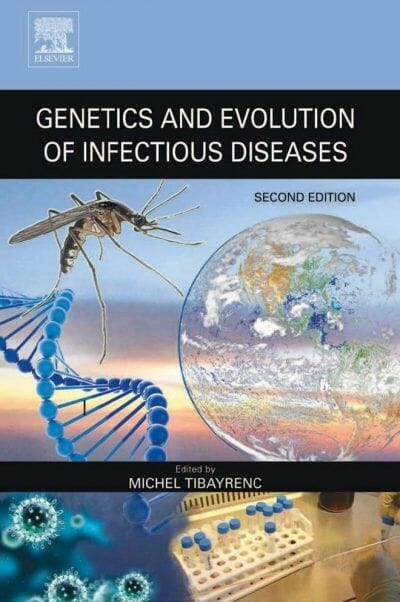


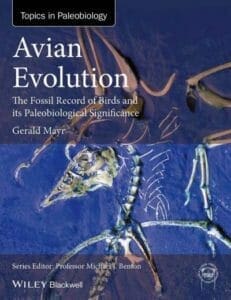
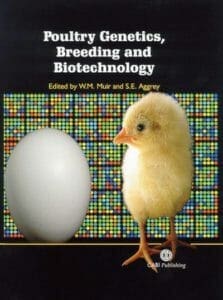
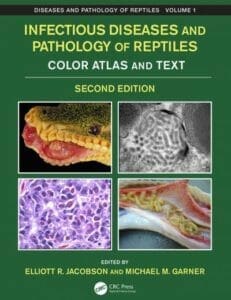
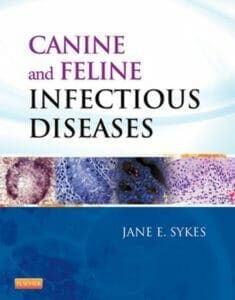
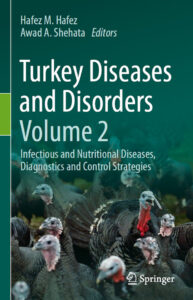
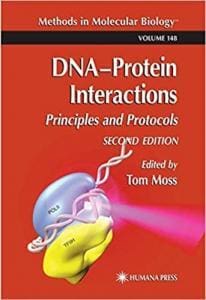
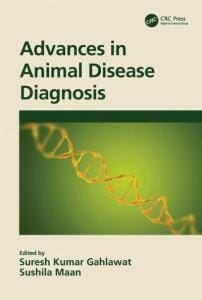
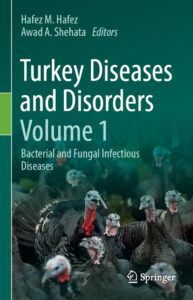




![Ettinger’s Textbook of Veterinary Internal Medicine 9th Edition [PDF+Videos] Ettinger’s Textbook of Veterinary Internal Medicine 9th Edition [True PDF+Videos]](https://www.vet-ebooks.com/wp-content/uploads/2024/10/ettingers-textbook-of-veterinary-internal-medicine-9th-edition-100x70.jpg)

![Textbook of Veterinary Diagnostic Radiology 8th Edition [PDF+Videos+Quizzes] Thrall’s Textbook of Veterinary Diagnostic Radiology, 8th edition PDF](https://www.vet-ebooks.com/wp-content/uploads/2019/09/textbook-of-veterinary-diagnostic-radiology-8th-edition-100x70.jpg)






